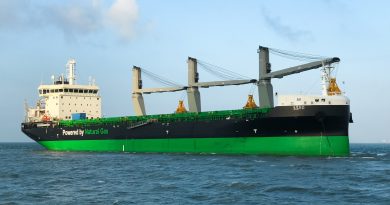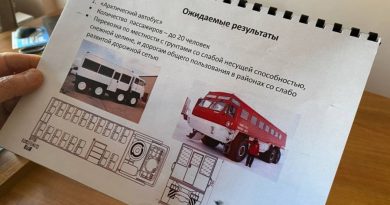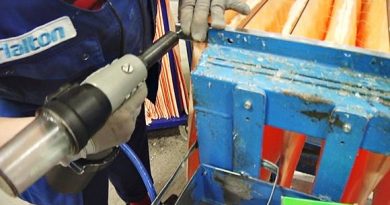Crushing rock in Quaqtaq–A Nunavik community tackles the gravel shortage
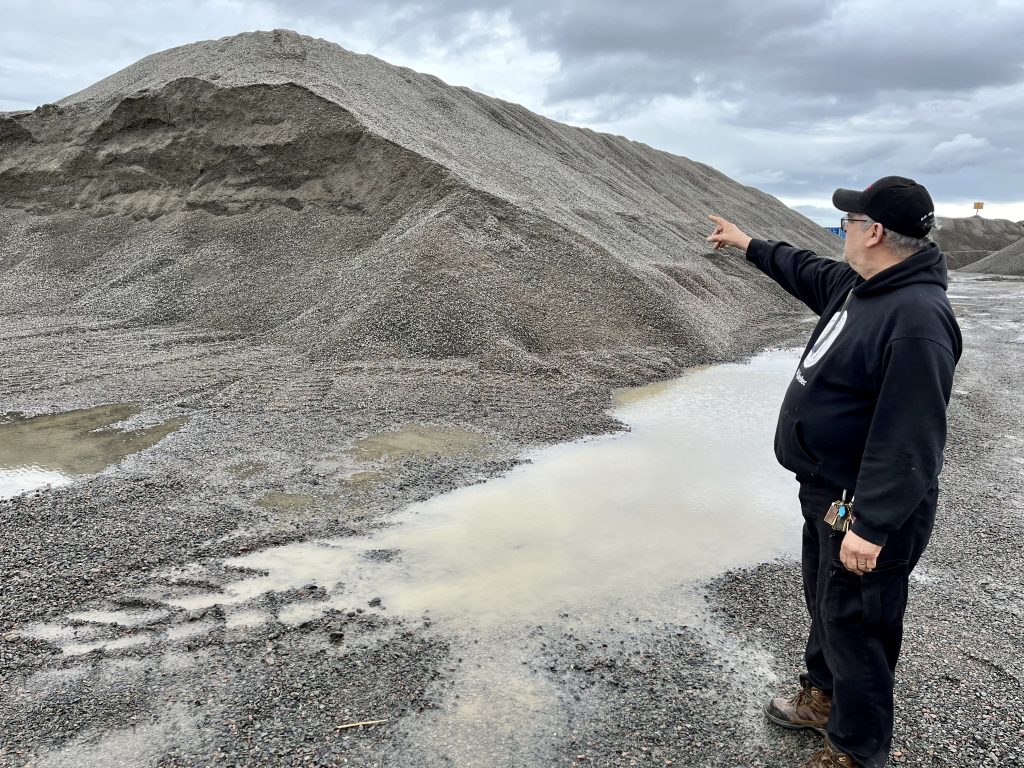
QUAQTAQ—The site on the outskirts of this Nunavik community is imposing: bulldozers, containers and crushers stand next to piles of crushed rock, some measuring several people high.
Robert Deer, the CEO of Quaqtaq’s Tuvaaluk Landholding Corporation, motions to two of the largest heaps, each topped with a small sign
“That one’s for the [Northern Village], and that one’s for Makivvik,” he said, referring to construction projects for the two organizations .
“The gravel in this community is depleted, so we’re making our own.”
Critical but overlooked resource
When most people think of key resources in the Arctic, gravel probably isn’t the first that comes to mind. But it’s hard to overstate its importance when it comes to building in the North.
Gravel is a naturally occurring accumulation of small stones formed through weathering and erosion. It can also include sand and clay.
In Nunavik, gravel plays a crucial role in construction, serving as the foundation for everything from runways and roads to residential homes and office buildings. The gravel bed serves as a stabilizing element—especially important during permafrost shifts—and forms the basis on which the rest of the structure is built.
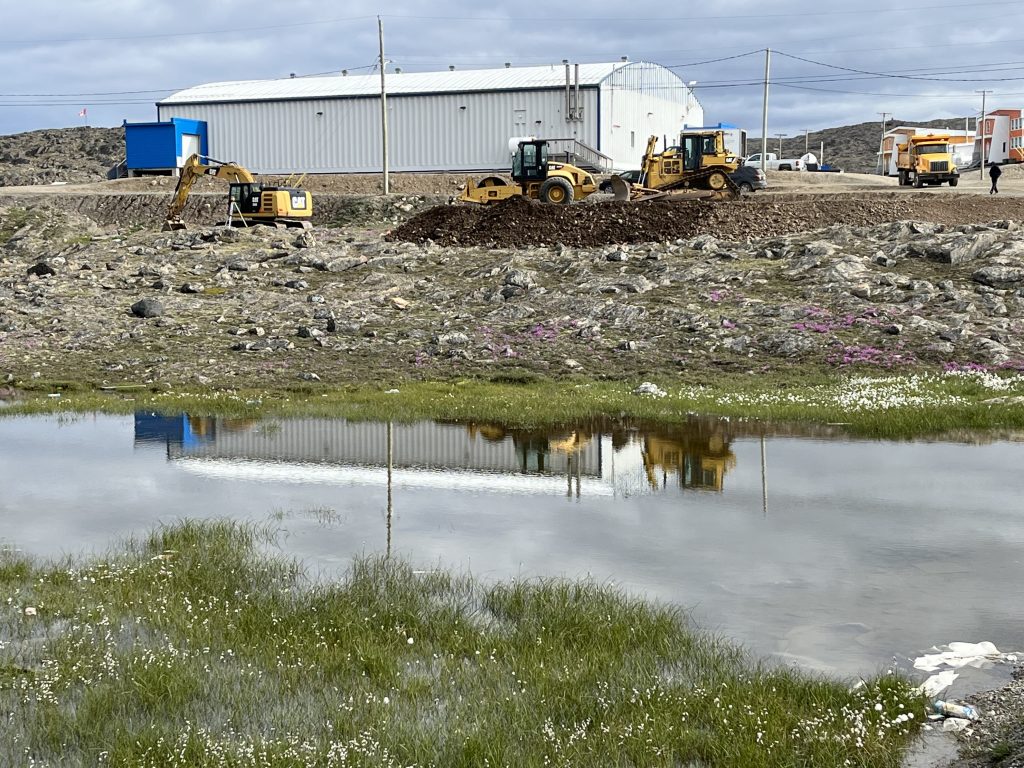
In the case of homes and smaller buildings, adjustable tripods are placed on the gravel pad to support the structure above. The gap between the bed and the base of the building prevents the building’s heat from affecting the ground and allows wind to clear snow from beneath the structure.
Sources depleted
The accessibility of gravel hinges on the unique geological and geographical circumstances of each community.
Quaqtaq is a community of 500 people situated across challenging, steep, and rocky terrain.
Deer says in the past, planning wasn’t necessarily done the way it should.
“In the early days, contractors would come in and destroy the land, with not a lot of permission, or even authority, and just take the machinery and take the gravel which is very limited,” he said. “And so right now, we’ve almost exhausted all the gravel.”
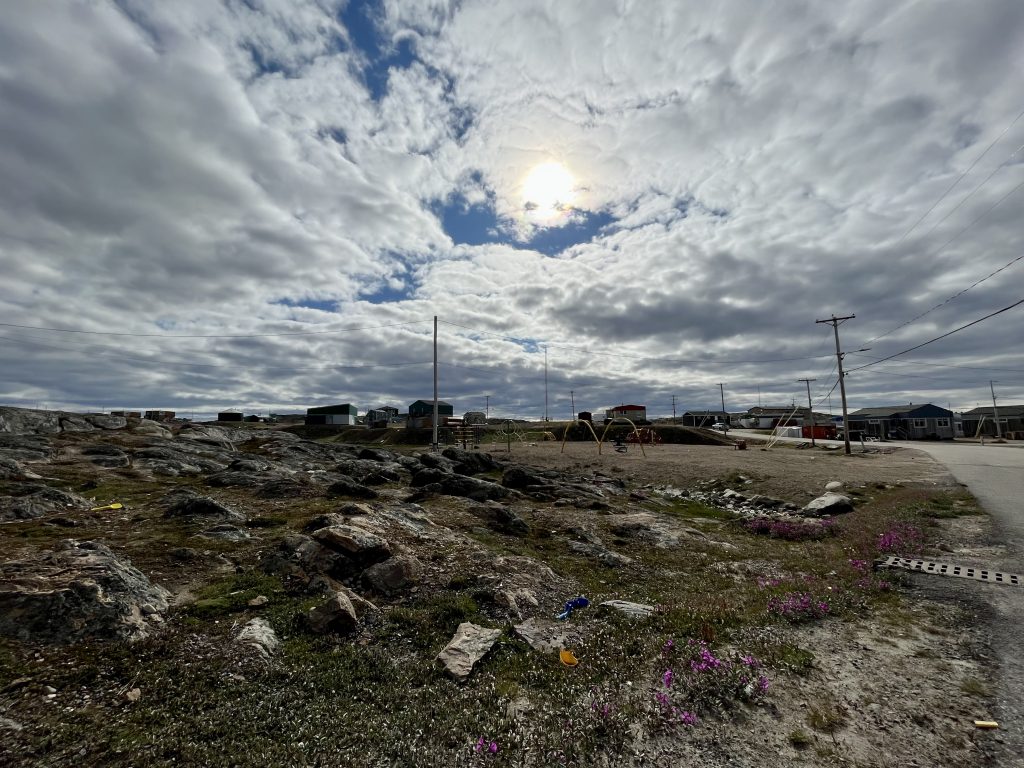
This issue becomes more complex for Quaqtaq, a remote fly-in community with no road link to the South. Even though they receive supplies via the summer sea-lift, the cost of shipping the necessary volume of gravel at the required pace would be prohibitive.
Community forges solution
Tuvaaluk is among the 14 distinct landholding corporations established in Nunavik as part of the James Bay Northern Quebec Agreement. These corporations hold the responsibility of making decisions regarding land usage and leasing within their respective communities.
In response to the gravel shortage, the Tuvaaluk Landholding Corporation, partnered with Makivvik Corporation, the organization that represents Inuit in Nunavik, to start crushing rock in 2021 to meet Quaqtaq’s needs.
To date, the project has generated between 15,000 and 20,000 cubic metres of crushed rock.
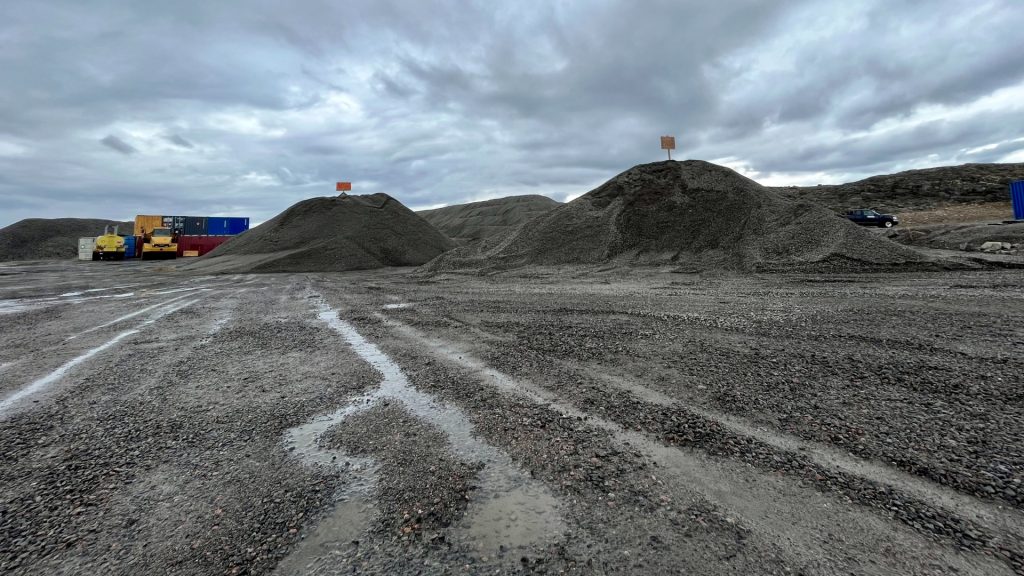
The shortage of gravel in Nunavik has prompted studies and reports suggesting the need to explore alternative foundation options, Deer said, with methods such as driving pylons into bedrock among the promising alternatives.
But until then, Quaqtaq will keep on crushing rock to meet its construction demands.
“The projects are coming and the needs are big,” Deer said.
“But we’re crushing rock for future development and our future is improving.”
The Quaqtaq aggregate project is scheduled to continue until either 2024 or 2025.
Comments, tips or story ideas? Contact Eilís at eilis.quinn(at)cbc.ca
Related stories from around the North:
Canada: The challenges of construction in the North: Spotlight on Nunavik, Eye on the Arctic
Norway: Thawing permafrost melts ground under homes and around Global Seed Vault in Svalbard, The Independent Barents Observer
Russia: City in Arctic Russia cooling ground to preserve buildings on thawing permafrost, The Independent Barents Observer
United States: 30–50% of critical northern infrastructure could be at high risk by 2050 due to warming, says study, Eye on the Arctic

